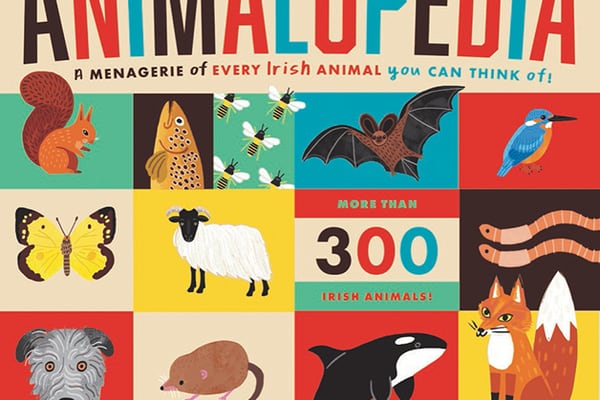In an anonymous industrial park in the Netherlands, Apple is busy. Hundreds of old iPhones are working their way through an industrial production line for recycling, up to 200 per hour. The facility in Breda is home to Daisy, one of Apple’s state of the art recycling robots that can break your old phone apart into different components for recycling, reducing the need to mine new materials.
It is part of Apple’s pledge to get the entire company and its processes to net-zero carbon emissions by 2030.
It has been a reasonably successful few years for Apple on that front. In 2010, the company was ranked bottom on a Greenpeace report on greener technology; by 2017, it had worked its way to second on the list, beaten only by Fairphone due to the repairability of its products – something that Apple has now addressed, at least in the US, with a new self repair option.
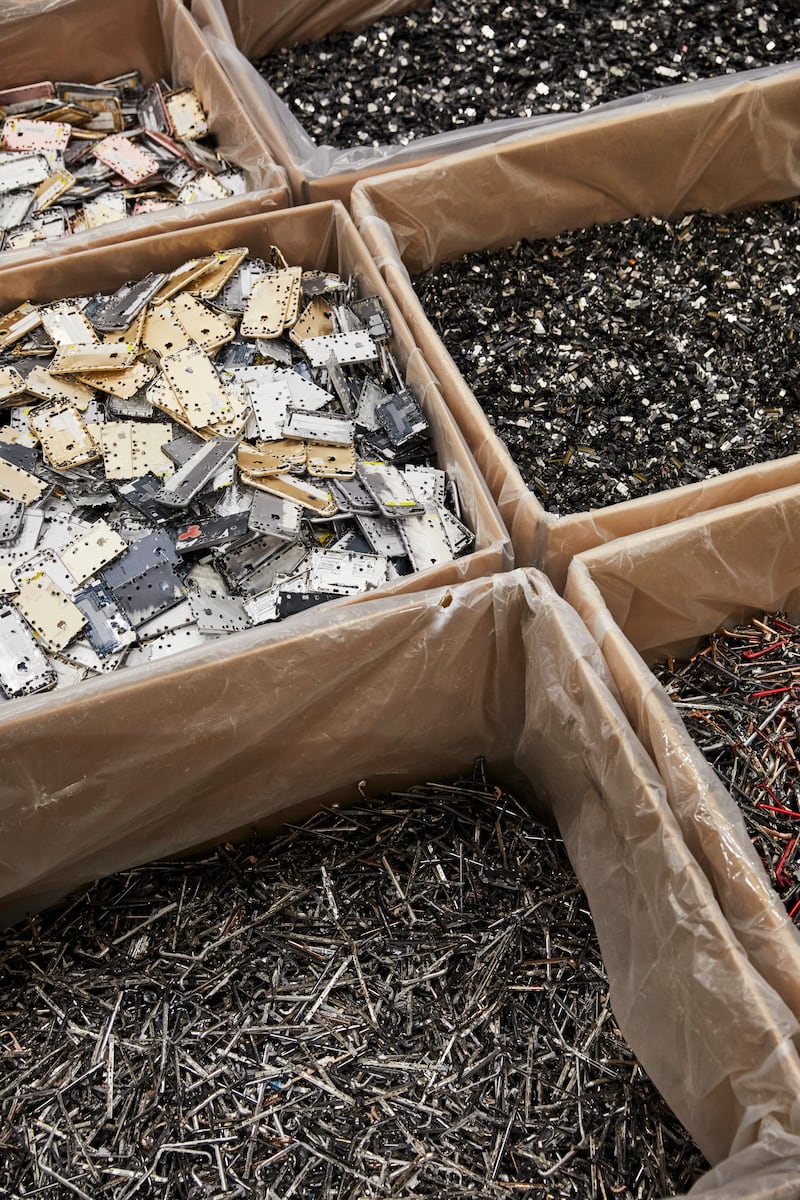
On the net-zero commitment, Apple has already taken care of the corporate operations; the challenge is to bring the production of its products in line. Measures such as plastic reduction and recycled packaging have been among the first steps implemented. Now Apple is tackling the rest: the recycling of its devices and the recovery of certain elements during the process.
READ MORE
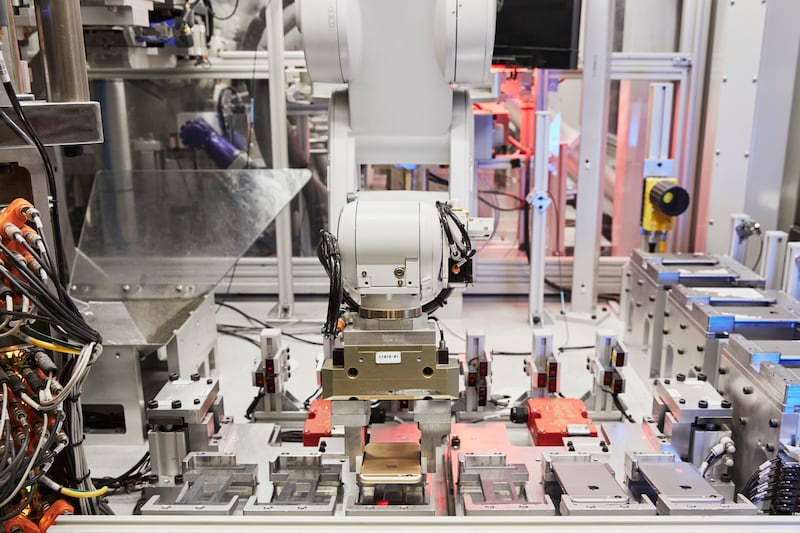
At the announcement of its 2030 commitment, chief executive Tim Cook said businesses had a “profound opportunity” to help build a more sustainable future. “The innovations powering our environmental journey are not only good for the planet — they’ve helped us make our products more energy efficient and bring new sources of clean energy online around the world,” he said. “Climate action can be the foundation for a new era of innovative potential, job creation, and durable economic growth. With our commitment to carbon neutrality, we hope to be a ripple in the pond that creates a much larger change.”
That ripple has potential. These days, people are hanging on to their phones for a little longer. The idea of a yearly upgrade is long gone, with people signing up for two-year contracts as a matter of course. Many keep the phones for longer, as long as the hardware continues to be supported by manufacturers with regular software and security updates. Apple is currently on the iPhone 13, with the 14 expected to make an appearance later this year. However, as of the time of writing, the company’s software is still supported by phones released in 2015.
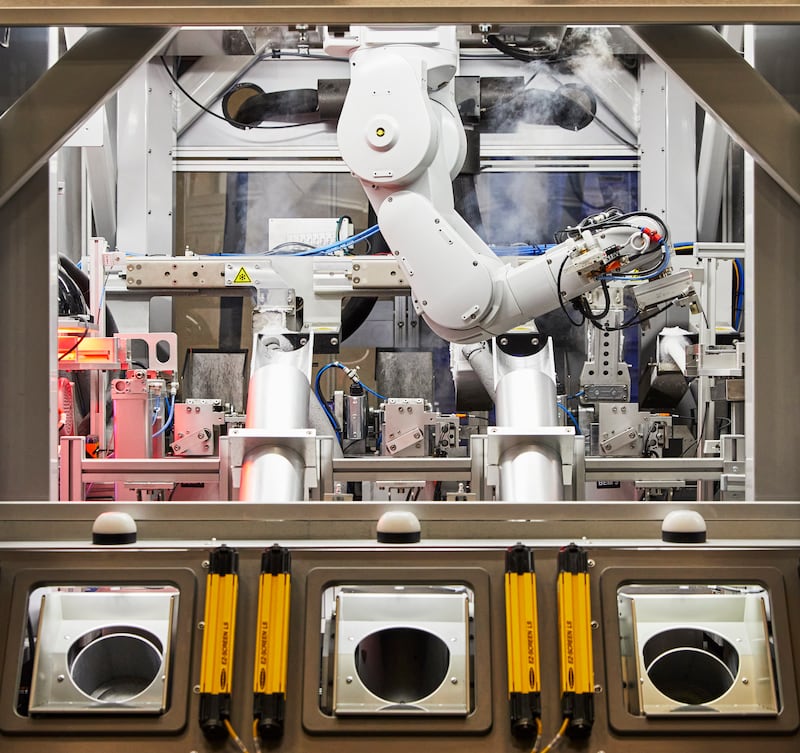
But still the smartphone shipments continue at huge scale. Apple no longer releases exact figures for iPhone shipments. But it is estimated that up to 240 million were sold in 2021, even with a global pandemic and a chip shortage to contend with. The year before, it was an estimated 201 million. That is a lot of materials needed and potentially wasted if they aren’t recycled properly when they come to the end of their natural life.
Lithium and cobalt
Smartphones account for 12 per cent of global e-waste, according to research firm Counterpoint. And despite the best efforts of recycling programmes worldwide, there are many languishing in drawers or even ending up in landfill. Experts have warned that failure to recycle those devices, combined with the surging sales of laptops, phones, power tools, e-scooters and smart devices, is putting pressure on world supplies of the lithium and cobalt used in rechargeable batteries.

Recycling isn’t an easy process, nor is it the magic answer to our growing pile of electronic waste. But it does help with certain materials that are hard to find or destructive in their mining – aluminium, cobalt, rare earth metals.
This is where the robots have come to the fore. Daisy is one of Apple’s newer machines. More of an assembly line, the system will remove elements such as the case, camera units, speakers and receivers and separate them, in an effort to make the recycling chain cleaner.
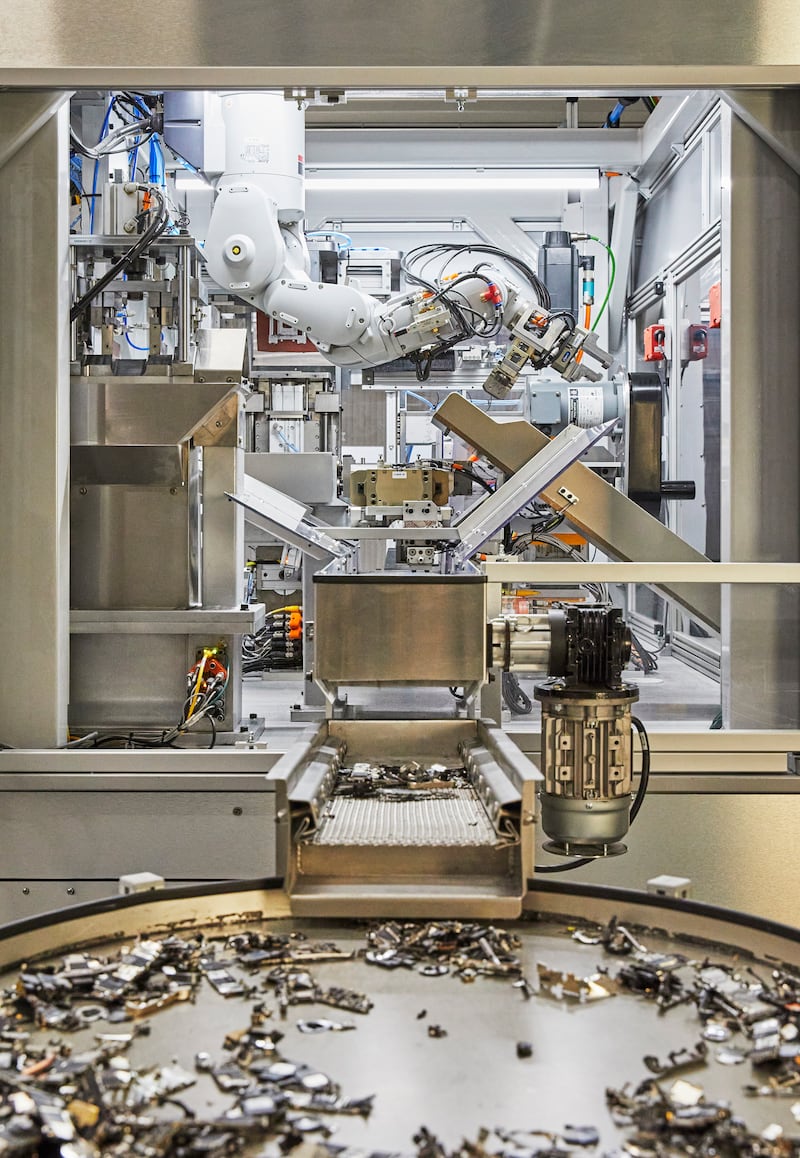
And Daisy is smart. While Liam was designed to take apart one model, Daisy started out with the ability to recognise nine models of iPhone and adjust its disassembly process accordingly. It currently supports the iPhone 6 to the iPhone 12, with the capacity to add more models as time goes on. On the day The Irish Times visits the facility, Daisy is busy working through boxes and boxes of iPhone 6 devices that have been sent to Apple for recycling.
The process is fascinating to watch. First, the iPhones are loaded in and the case is levered away from the glass. Then the batteries are frozen to loosen the adhesive and removed with a sudden impact. Another station punches holes in the case to remove the screws so the various components can be taken out, to be sorted by hand.
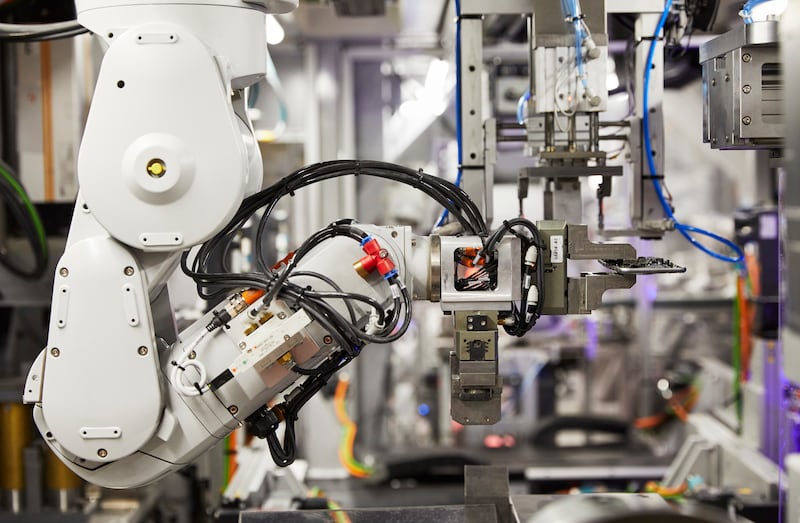
Huge boxes filled with various components sit nearby: one is full of metal, including the stainless steel logo that you see on the rear of iPhones; another has Taptic engines of different sizes; yet another has the glass front from the iPhone. The Taptic engines could be sent off for further recovery by Dave, another Apple robot built for the job.
At full speed, Daisy can break apart an iPhone into its various components at a rate of 200 an hour, or 1.2 million a year. On the day we visit, the whole process is running at a lower speed due to the presence of journalists in the facility; at full speed it requires ear protection.
It’s a far cry from the early days of Liam, which Apple unveiled in 2016. It was initially devised as proof of the concept, an opportunity for Apple to show it could close the loop on its products and more precisely disassemble products for recycling. By deconstructing the devices into segregated streams, it meant Apple was better able to control the quality of the recycled materials.
Significantly different
It’s also significantly different from the traditional recycling process, which uses a variety of machines from shredders to tumblers to separate the components into metals, plastics and other materials that can be recycled or sold on. It is less neat than the dedicated robot, intended for a more general approach, and while every effort is made, there can be materials lost and some downgrading of metals as a result. Speakers contain magnets, which can stick to the metal being recycled or the machines doing the recycling, meaning the rare earth elements they contains are effectively lost to the process.

It can also result in downcycling in some cases, as materials get mixed together. Aluminium can be recycled almost indefinitely, for example, but if its grade can be maintained, it can go back into a new product similar to what it was taken from; anything that lowers the grade means the metal will have to be sent elsewhere for use.
Apple wants your old iPhones to mine for materials. The iPad Air uses 100 per cent recycled aluminium in its enclosures; the iPhone 13 uses recycled tungsten in its Taptic engine. Recycled tin and gold are also used in the devices, along with recycled rare earth elements.
The company has tried enticing users to part with their old, unused devices. A trade-in programme started in the US in 2013, before being rolled out globally. Devices from the iPhone 6s and above will get you credit from €25 to €505 for the iPhone 12 max; anything under that can be returned to Apple for recycling for free and could end up in the hands of Daisy and eventually Dave.
But not all iPhones will make it to Daisy. There are currently two in service; one in the US and one in Europe. That’s a lot of pressure to place on the shoulders of both Daisies, which have a combined capacity of 2.4 million phones per year.
Apple said it licences the design for the machines for free to recycling facilities that want to build their own version of Daisy, contributing to the effort to prevent as much of the reusable material ending up as waste as possible.
As yet, though, no one has taken the company up on the offer.


